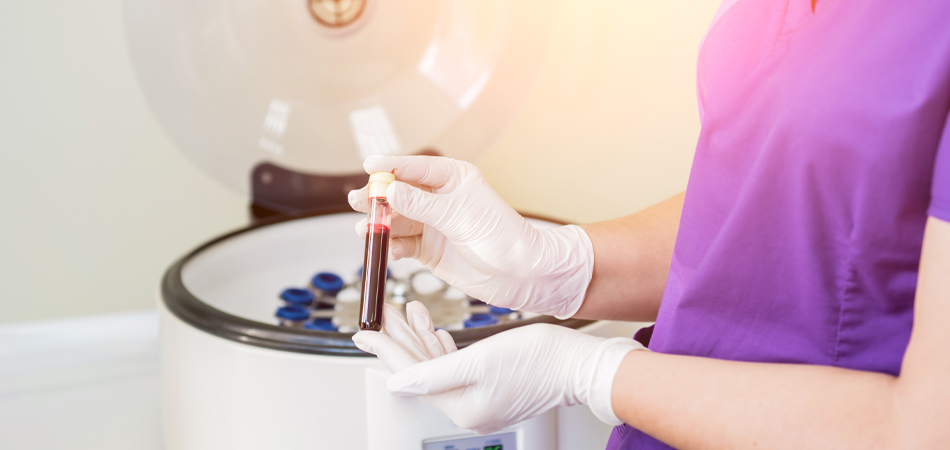PRP is an effective treatment to prevent the wrinkles on the skin. This treatment increases the flexibility and brightness of the skin and keeps its young looks. PRP treatment is used in dermatology, but also to remove scars and acne scars.
The aim of the PRP treatment is to increase the number of Platelet cells already existing in our blood. These blood cells heal the wounds in the body.
For the person who has problems on their skin, first the area where the wound is would be cleaned. The cleaning before the treatment is extremely important for the treatment to continue without any problems. Before the treatment, the available PRP’s would be put into a tube and transferred where they would be applied. These transfers may be done via little needles.
What Is PRP?
The meaning of the PRP is “Platelet Rich Plasma”. It is an application to increase the numbers of the platelet cells in the blood, thus enrich it.
What Are The Roles Of Platelets In Our Blood?
Platelets are naturally existing cells in our blood. Those blood cells work on cleaning the wounds and repairing them. They have many growth factors in them responsible from the regeneration. In normal conditions, the platelet numbers in our blood change between 150,000 to 450,000 per microliter.
What Is The Aim Of Prp Treatment?
The aim of the PRP treatment is to inject those special cells in a more condensed form to the areas that will get the treatment.
In those plasmas obtained with special kits, the plasma density is 3-4 times more of our blood. When they are injected into our blood in a condensed form, these cells ensures the cleaning and repairing in the blood would be stronger and faster.
Why Is PRP Used?
PRP treatment has many areas of application in medicine such as cosmetic dermatology, orthopedics, eye diseases, and dental treatments. With every passing day, more about the platelets are understood and their areas of application increase. Their most known and common area of application is dermatology and knee PRP
What Is The Connection Between Prp And Skin Rejuvenation?
While our skin ages, it loses many of its biological functions. In many anti-aging practices, our aim is to trigger the wound healing mechanism. This way, we can ensure that those special cells migrate to the problematic areas and start the healing process with the growth factors. Those cells which we obtain in a condensed form through blood show their effects quickly and rapidly.
What Are The Areas Of Application In Cosmetic Dermatology?
Skin rejuvenation restructures the collagens which have declined in numbers with aging. This way, it decreases the wrinkles, increases the color on your skin and speeds your journey to a younger, brighter skin. With the PRP treatment, the aging skin is kept strong against the effects of time.
Hair loss; for the genetic and non-genetic hair loss PRP treatment can be used alone or combined with other treatments. Especially before and after the hair transplantation, it can be used to prepare the scalp for the transplantation and strengthen the transplanted hair.
It can be used by itself or combined with the laser for the acre and wound scars.
How Is PRP Treatment Done?
Approximately 10cc of blood is drawn from the person who will receive the treatment. The blood is put on the special kits and separated to its platelets in the centrifuge. Thus, the platelets are condensed and accumulated in the tube of the kit and a blood product called PRP is created. This product is applied under the skin through the means of fillings or mesotherapy and because of its rejuvenating properties, a brighter and livelier look becomes more noticeable right after the application.
Should We Definitely Use Kit For PRP Application?
The reason why we use a kit in PRP treatment is to condense the platelets into our blood, using single-use injectors and tubes decrease the risk of infections. The platelet density in the plasmas created should be at least 1.2 million. Otherwise, we cannot have the efficiency we aim for in the PRP treatment.
Is PRP Treatment Painful?
Dermatologic treatments generally do not cause intolerable pain. However, just in case, 30 minutes before the treatment anesthetic cream is out on the area to increase the application comfort and the treatment is completed
Which Techniques Are Used For PRP?
Depending on the area you wish to treat, many techniques such as mesotherapy (injection under the skin via tiny needles), filling method or application with a mask can be chosed.
Does The Treatment Have Any Risks Or Side Effects?
Because the treatment uses patient’s own blood, there is no risk for the alergies. However, to conduct the treatment correctly and suitably, special tubes prepared in sterile areas approved by the Ministry of Health should be used. If the skin sterilization is not done correctly and correctly sterilized tubes are not used, deep skin infections may occur.
Who Cannot Have Prp Treatment?
Those with a cancer background, with insufficient platelet count, with an autoimmune disease and those who have an active infection on the treatment area, should not have PRP treatment.
How Many Sessions Of Treatment Is Enough? How Often They Should Be Repeated?
3-4 sessions with 15 days in between is called a cure. having 1 cure every 12 months ensures the best protection for the younger look.
What Should Be Considered After The Treatment?
After the treatment you may immediately return to your daily life. When the treatment is done with the needles, there may be some small needle marks. For the 24 hours after the treatment the area should be protected from the water.
To get more detailed information about the PRP treatment and to learn our prices please contact us!
Get a Price for PRP Treatment
You can protect the youthful look of your skin with PRP Treatment in Dr. Fulya Tezel Dermatology Clinic. Get your price right now.

 Ara
Ara WhatsApp
WhatsApp